Little Known Facts About Gun-ownership In The United States
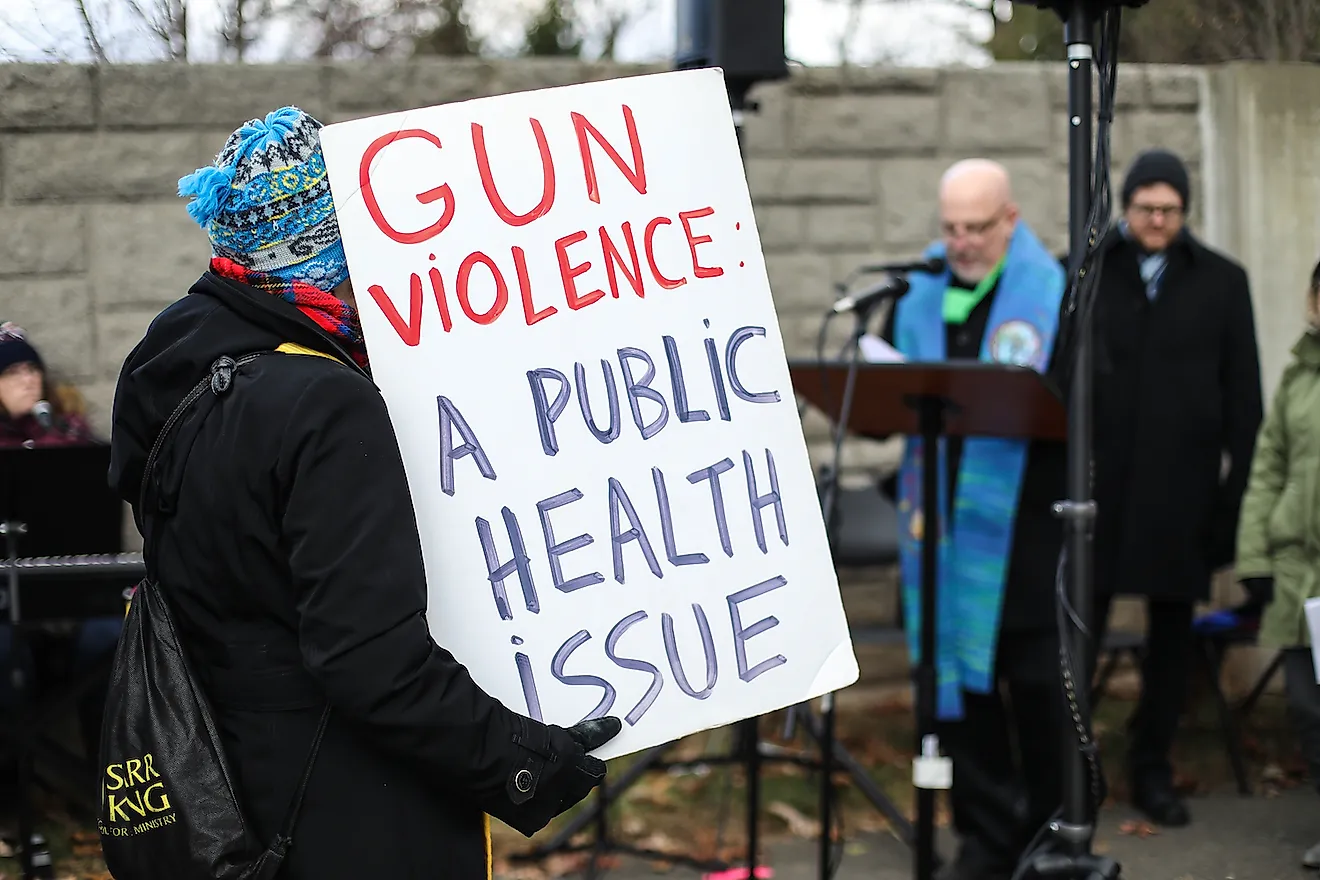
- A recent survey shows that only 22 to 31 percent of American adults have a gun; what this indicates is that the number of gun owners is shrinking, while the number of guns people own has been growing.
- Even though gun ownership rates among men have been declining, the number for women has remain stable mostly because organizations have been working to strip away the gendering of gun culture by reframing their narratives to empower women.
- Despite the popularity of AR-style rifles, they are rarely used in gun-related crimes; in actuality, handguns are the most commonly used weapon because they are easier to conceal.
More so than any country, America has developed a thriving gun culture over the years. In 2018, the BBC reported that there were 120.5 firearms in the United States for every 100 residents, with Yemen coming in at second with 53. With such high numbers, it is easy to understand why America has developed a reputation for being gun-crazy. But how much do you actually know about its gun culture? The following are ten little-known facts about firearm ownership in the United States.
10. Gun Culture 2.0
During Colonial and Revolutionary America, guns were primarily used as tools for war or self-preservation. Then, gun culture in the United States experienced a shift with firearms being used more for hunting, recreational activities, and collecting. Recently, however, there has been a second shift, a transition in mindset professor David Yamane refers to as Gun Culture 2.0. Today, gun ownership centers more around armed self-defense. Picking up steam in the 1980s and 90s, this shift is supported by various types of data. It is particularly evident when examining gun advertisements throughout history, which has seen a decline in hunting and sporting ads for more thematically-driven ones related to self-defense and concealment.
9. America’s Gun-Owning Population
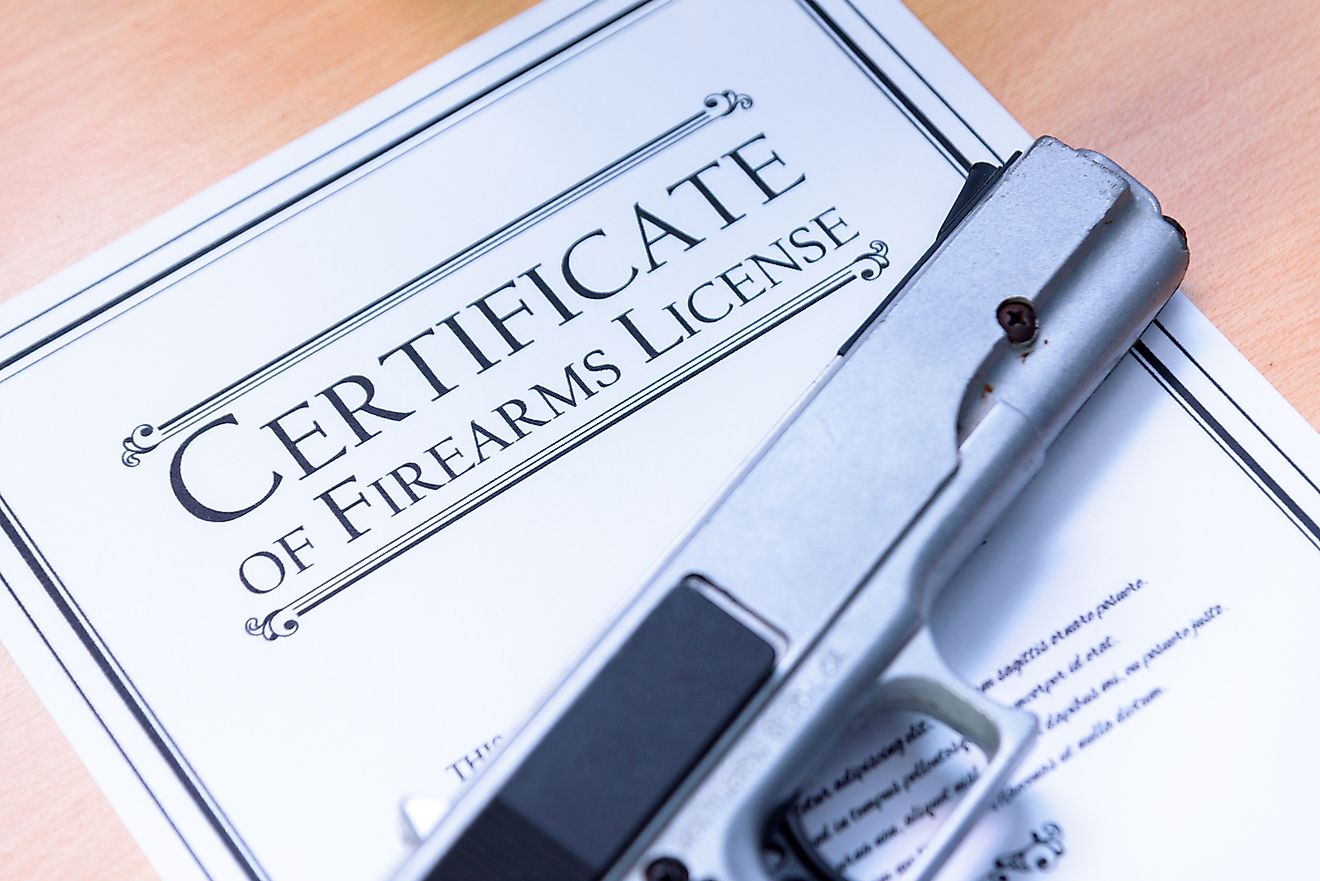
In the late 1970s, the majority of Americans owned at least one gun. Forty years later, there are 265 million firearms owned by American citizens, which amounts to approximately one gun for every adult, a statistic seemingly unchanged from the 70s. However, a recent survey shows that only 22 to 31 percent of American adults have a gun. What this indicates is that the number of gun owners is shrinking, while the number of guns people own has been growing. Three percent of adults own a collective 133 million guns to be exact, half the grand total in the United States. The average person within this three percent owns seventeen firearms, but they have anywhere up to 140.
8. Gun Ownership and Women
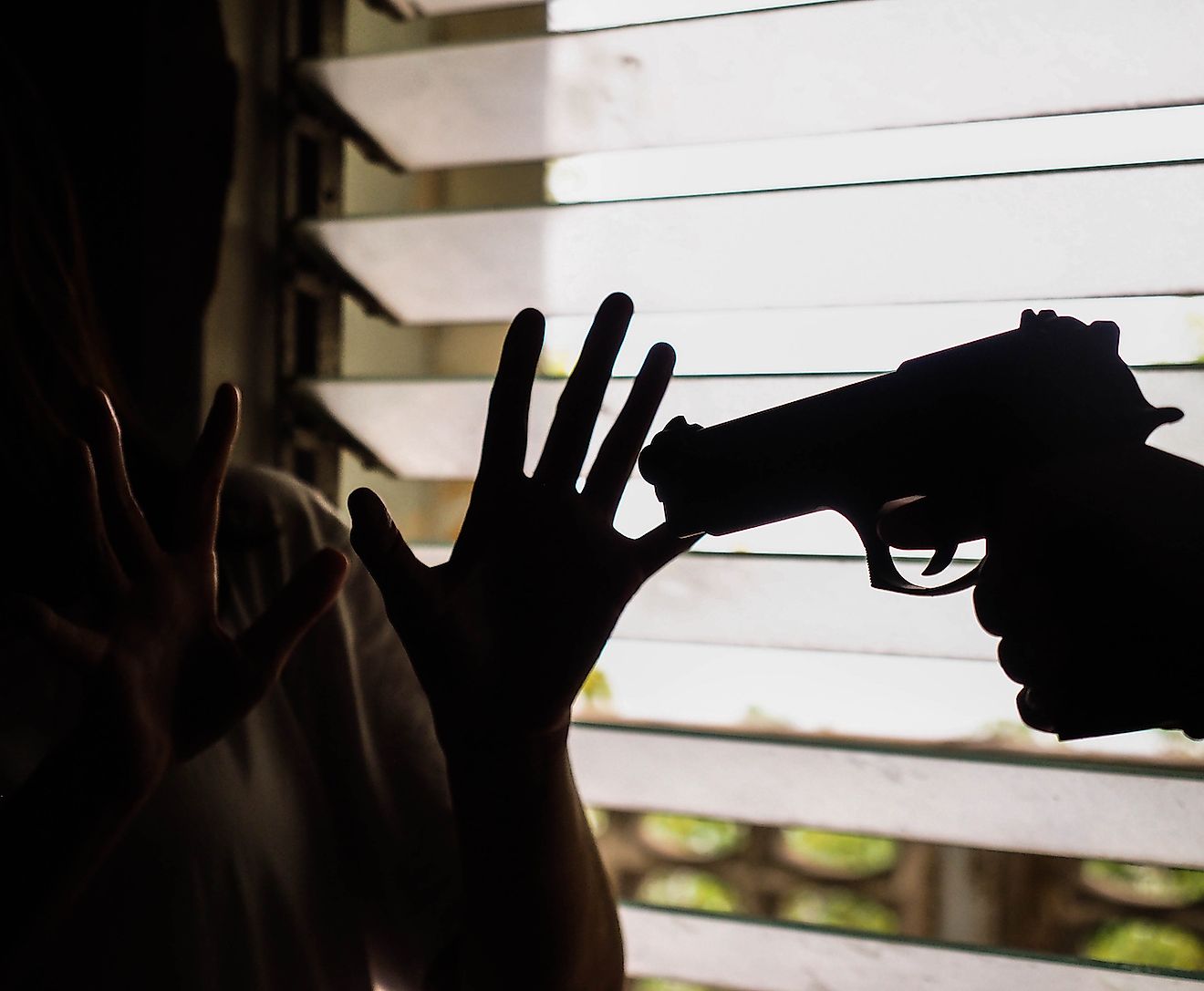
Over the past few decades, data shows that gun ownership rates among men have been slowly declining in the United States. While the same data shows that the number of women who own guns has not been rising, it has not experienced a decline either. According to Noah S. Schwartz, this is because organizations such as the National Rifle Association (NRA) have been attempting to strip away the gendering of gun culture by reframing their narratives to empower women. For example, marketing geared toward that key demographic focuses heavily of self-defense. The NRA even offers various programs that encourage gun carrying among women, such as the “Refuse To Be A Victim” campaign.
7. Gun Ownership and Minorities
While most firearm enthusiasts in the United States are white men, recent years have seen a rise in gun ownership among minority groups, particularly after Donald Trump was elected to office. There are several gun advocacy groups that try to reach America’s black population, such as the National African American Gun Association, Black Gun Owners Association, and Black Guns Matter. The goal of these groups is to build community, promote self-defense, and combat negative stereotypes of black people with guns. In addition, there are organizations fighting for the rights of other marginalized demographics, like The Pink Pistols for the LGBTQ+ community and Jews for the Preservation of Firearms Ownership for America’s Jewish population.
6. Gun Control and Politics
Gun owners across the United States typically align more with the values of the Republican Party than the Democrats. In the 2016 presidential election, approximately 61 percent of all gun owners voted for Trump. Furthermore, the more guns an individual owns, the more likely they are to vote Republican. However, this has not always been the case throughout history. Up until the 1970s, before gun control became an important political issue, gun owners were just as likely to vote for the Democrats. Only over the past fifty years has the two Parties’ stances on guns begun to play a role in swaying people’s political support.
5. Differences Between States
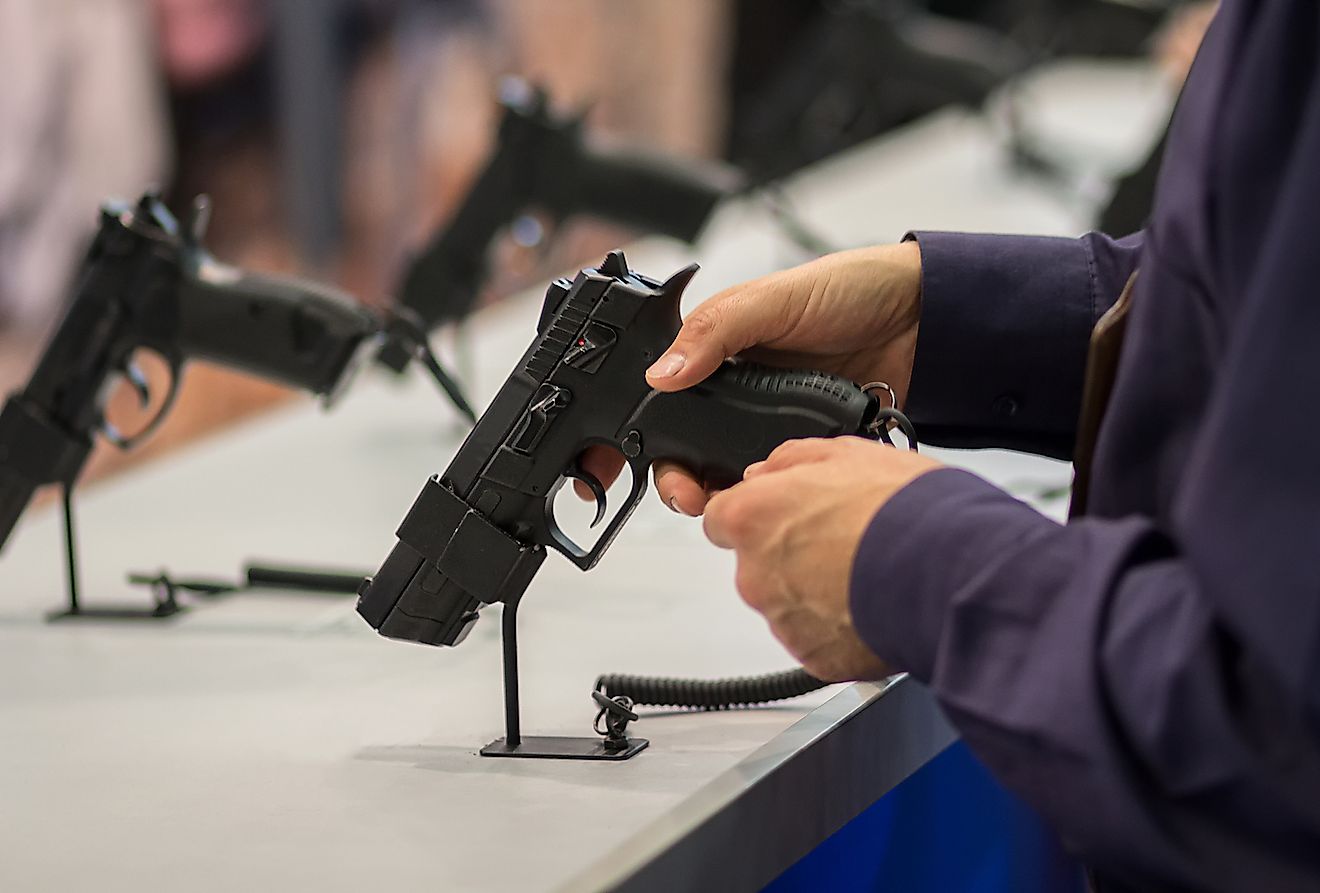
Laws surrounding gun ownership differ drastically from state to state; this is best illustrated between Wyoming and Illinois. In the former, a permit or license is not required to purchase or carry a concealed firearm. The latter, on the other hand, has much stricter laws. No person may purchase or own any type of firearm without a Firearm Owner’s Identification (FOID) card. Furthermore, the law also prevents any individual from selling a firearm to a person who does not have the proper documentation. Each would-be gun owner must submit an application to the Illinois Department of State Police who then conducts a criminal background check. The only exception to the rule are people who already have permits to carry concealed handguns.
4. Concealed Carry
For most of American history, there have been laws in place that prohibited the carrying of a concealed and loaded weapon. Then in the 1980s, because of fears of rising crime, some states began to amend these laws. Today, 41 out of fifty states allow citizens to have various concealed firearms, with roughly three million Americans carrying handguns every day. Some states require background checks and strict permits, while others require no license at all. Generally speaking, concealed carry laws do not impact state-level crime rates, not to mention that carriers tend to be more law-abiding than the statistically average person.
3. AR-Style Rifles
AR-15 semiautomatic rifles are extremely popular in the United States. In 2017, twenty percent of all firearms purchased were AR-style rifles. According to the National Shooting Sports Foundation (NSSF), that means that approximately fifteen million were owned across the United States. Because they often steal the spotlight in televised mass shootings, they hold a special place within the countrywide gun debate. But despite their popularity, they are rarely used in gun-related crimes. Roughly only three to four percent of homicides in the United States are the result of rifles; in actuality, handguns are the most commonly used weapon because they are easier to conceal. More often than not, AR-style rifles are the chosen tool for hunters, sport shooters, or people seeking protection.
2. Guns and Suicide
According to the Pew Research Center, just under 40,000 people died from gun-related injuries in the United States in 2017. Of this high number, sixty percent were a result of suicide with 23,854 deaths. In contrast, 37 percent were murder-related, while the last three percent was a combination of law enforcement incidents, accidents, and undetermined circumstances. These suicides make up over half (51 percent) of the year’s total number of suicides at 47,173. Such grave statistics have caused a stir about gun safety, particularly for owners with families and children. That is why it is important to store all firearms properly in a locked safe.
1. Gun Ownership and COVID-19
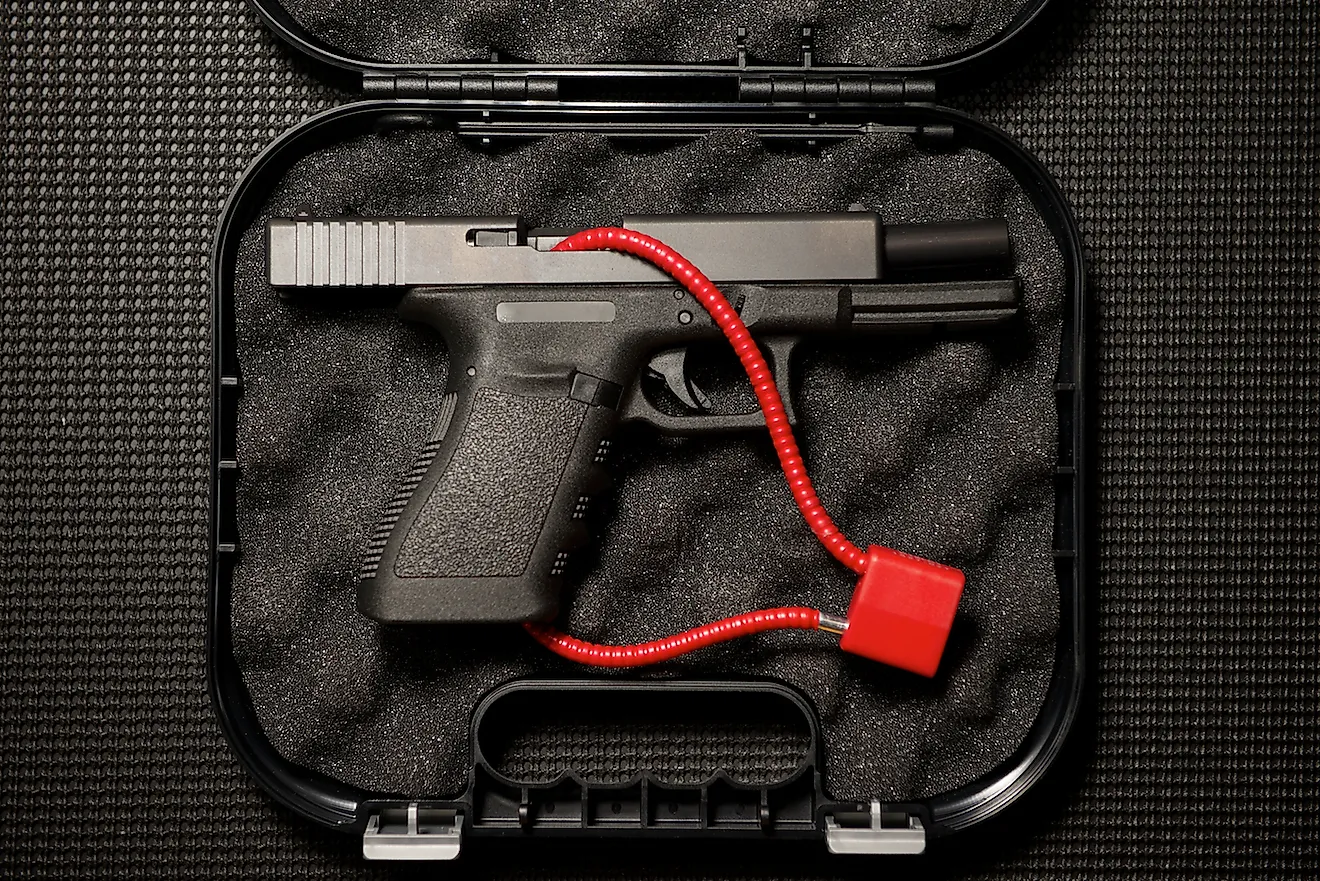
During the earliest months of the COVID-19 pandemic, many businesses were forced to shut down to help prevent the spread of the virus. However, in most states across America, the firearms industry was considered essential, allowing retailers the option to stay open. These same retailers have noted an increase in first-time gun buyers since the pandemic started. According to the NSSF, approximately forty percent of their sales were from this demographic, equalling more than 2.5 million new gun owners in just a few months. Interested primarily in semiautomatic handguns, these customers spent on average $595 on their first purchases.











